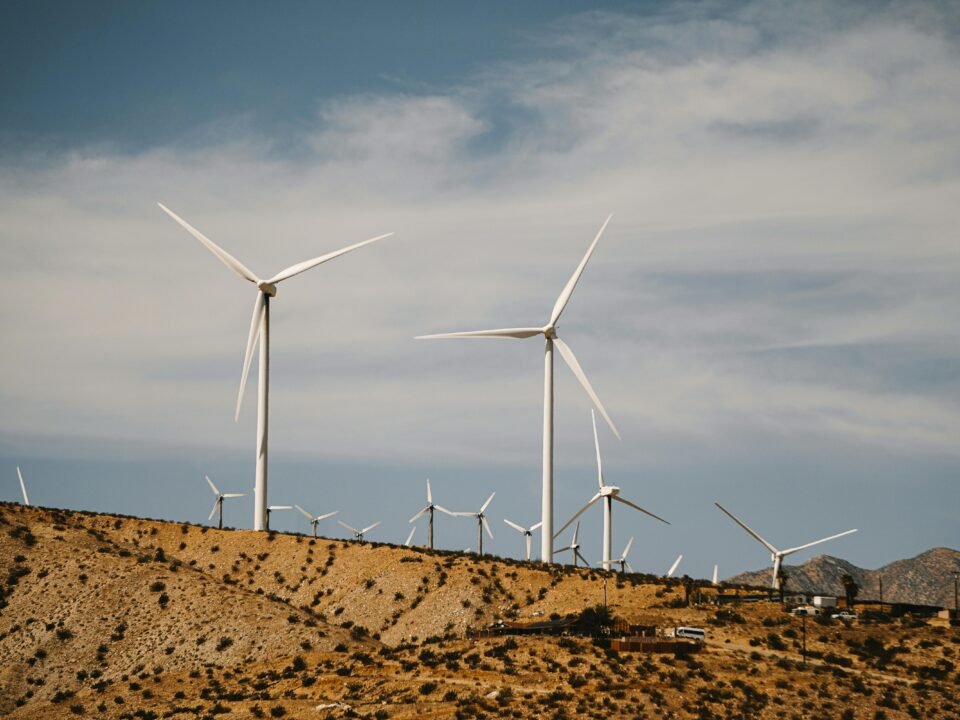India’s renewable energy sector could create new job opportunities between 2 million and
4.5 million over the next 25 years. According to a new detailed study of the country’s energy
sector the solar and wind power generation segments are vast industries when job
opportunities are considered.
A study conducted by Climate Policy Initiative and Indian School of Business along with
experts from Jawaharlal Nehru University (JNU) and Indian Institute of Technology
(IIT)-Delhi has found that two green energy sectors are now outpacing fossil fuel energy as
investment opportunities providing 12 per cent higher annual returns, 20 per cent lower
annual volatility and 61 per cent higher risk-adjusted returns than the coal and natural gas
sectors.
The study reports that when we look at long term renewable energy in India the investors
increasingly see green energy as less risky than fuel based energy.
Amongst the other renewable energy sources wind and solar resources are relatively new
entrants within the energy mix. You may wonder why investors are now looking at Green
Energy out Renewable Energy Sources as a better choice to invest in. This is mainly
attributed to the shortcomings which impact the profitability of the fuel energy sector
including sourcing issues, import dependence, long construction periods, environmental
regulations, low plant load factors and stranded coal and gas power plants. The study also
found that higher renewable energy generation corresponds to lower unemployment, fewer
net energy imports, lower fiscal deficit and better GDP.
India is in the midst of an energy transition from non renewables to renewable with important
social and economic implications depending on the pathways that are chosen. India’s future
development will be defined by energy pathways that are the basis for it including economic
prosperity, business and employment opportunities as well as health impacts.
India can significantly boost employment through the energy sector by increasing the share
of renewables to generate power. With the government’s pledge to proportion renewables
within the country, net employment (measured in full-time employees) are often expected to
extend by a further half-hour by 2030. But there’s abundant room to realize more; by
following IRENA’s ambitious REmap pathway, this will be almost doubled.
By electrifying the agricultural and rural areas within the country with distributed renewable
energy technologies, like small hydro, rooftop solar and biomass, the utilization impact per
installed capacity of those technologies is about 25 times greater than fossil-fuel based
power generation.
Following the historical development in India’s coal sector, with a shift towards an ambitious
decarbonised power sector in India, coal-sector-based employment is predicted to say no by about 52 to choose between 2020 and 2050. This transition, however, must be efficiently
managed politically to mitigate negative impacts on displaced workers and communities.




